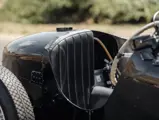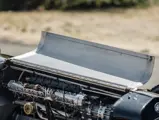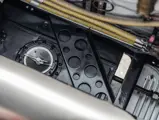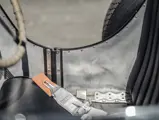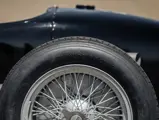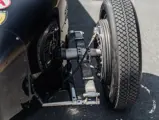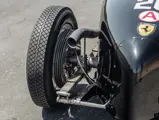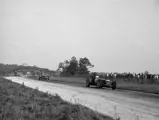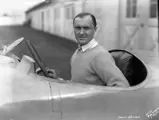
1927 Delage 15-S-8 Grand Prix
{{lr.item.text}}
$1,000,000 USD | Sold
The Peter Giddings Collection
{{bidding.lot.reserveStatusFormatted}}
- One of the all-conquering, 1.5-liter straight-eight-powered 1927 Grand Prix team cars
- Driven by Louis Chiron to 7th place in the 1929 Indianapolis 500
- Sold to Earl Howe in 1931 and extensively raced from 1933-1935
- Raced by Richard Seaman in 1936, taking wins at Donington, Pescara, and Berne, setting the stage for Seaman’s career with Mercedes-Benz
- Subsequently owned by prominent collector and F1 team owner Rob Walker
- Immaculately restored by Auto Restorations of Christchurch, New Zealand
- Eminently suitable for such events as Goodwood Revival and the Monaco Historic Grand Prix
DELAGE 15-S-8
Having established Automobiles Delage in Paris in 1905, Louis Delage himself quickly identified the potential public relations benefits of motor racing, embracing the nascent sport enthusiastically. The company’s first significant racing victory came as early as 1908, when Albert Guyot won the Grand Prix des Voiturettes at Dieppe. By 1910 the company had developed their own engine, which powered Paul Bablot to victory in both the 1911 Coupe des Voiturettes at Boulogne and the 1913 Grand Prix de France at Le Mans. In 1914, Delage unveiled their ground-breaking Type S Grand Prix model—boasting twin-overhead camshafts, four valves per cylinder, desmodromic valve operation, and four-wheel brakes—while later that year, Rene Thomas gave the company their first significant overseas win with victory in the Indianapolis 500.
After a lucrative wartime spell manufacturing munitions, Delage resumed road car production in 1918 with its innovative four-wheel-braked CO model. However, it would be a further five years before Delage returned to competition seriously—although the introduction of the exquisite 2 LCV Grand Prix car in 1923 certainly rendered the wait worthwhile. Featuring a remarkably intricate 2-liter, four-cam V-12 engine designed by Delage’s cousin Charles Planchon, the new car debuted in the 1923 French Grand Prix. It was not until its appearance in supercharged form in 1925, however, that it was truly competitive, winning as it did at Montlhéry and at San Sebastian.
For 1926, Grand Prix regulations stipulated a minimum car weight of 600 kilograms and a maximum capacity of 1,500 cubic centimeters, either supercharged or un-supercharged. To this end, Planchon’s replacement Albert Lory designed the remarkable 15-S-8—a car as revered now, almost a century after its introduction, as it was when it made its race debut at that year’s European Grand Prix at San Sebastian. Featuring a broadly similar chassis, braking system and transmission to the 2 LCV, the 15-S-8 was powered by a new 1.5-liter blown straight-eight engine which, certainly in pure engineering terms, surpassed any previously seen. Featuring a nickel-chromium crankshaft located in no less than nine roller bearings, gear-driven twin-cam valve operation, and a two-stage Roots-type supercharger, the new engine produced some 170 horsepower at 8,000 rpm, the latter figure being almost unheard of at the time.
A small series of 15-S-8s were constructed for the 1926 season, with the car immediately competitive if—initially at least—somewhat ergonomically compromised due to its driver’s side-mounted exhaust. Excessive heat and poor ventilation forced Bourlier and Senechal to share driving duties to finish second at San Sebastien, with Senechal and Wagner doing the same en route to victory at the RAC Grand Prix at Brooklands. For 1927, four Works examples were prepared for Grand Prix competition (the car offered here being chassis number 4), utilizing many components from the 1926 cars in substantially re-worked form. Modifications included relocating the exhaust and shifting the engine four inches to the left to lower the driver’s seating position.
CHAMPION du MONDE
The 1927 season was one of total domination for Delage, with lead driver Robert Benoist winning all four European-based Grands Prix, thereby securing the World Manufacturers’ Championship for the company and cementing his status as the world’s preeminent driver. The four 15-S-8 chassis would all make podium-finishing appearances during the season. According to research presented in the recent seminal work on the model, Delage Champion du Monde by Daniel Cabart and Christophe Pund, chassis number 4 would make its own significant contributions to Delage’s World Championship bid. André Morel would notably secure a 3rd place at the Grand Prix de l’ACF at Montlhéry in a 1-2-3 sweep for Delage. After a retirement at the Spanish Grand Prix, chassis 4 would be driven to another 3rd at the British Grand Prix at Brooklands by Albert Divo.
By 1928, Delage’s racing exploits—not to mention their engineering extravagances—had begun to take their toll on the company’s finances, and reluctantly the victorious quartet of 15-S-8s were disbanded. Chassis 4 was sold to popular Monegasque Louis Chiron, who drove it to a fine 7th place in the 1929 Indianapolis 500, a race in which he finished both on the lead lap and as the first non-American car home.
Upon its return to Europe, chassis 4 was sold to loyal Delage driver Robert Senechal, who drove it to a respectable 6th in the French Grand Prix of 1930. He continued to campaign the car during the 1931 season, finishing 9th at the Italian Grand Prix at Monza and 5th at the French Grand Prix before selling the Delage in the winter of 1931 to Earl Howe. Concurrently the owner of the sister 15-S-8, chassis number 3, Howe utilized both cars although—after crashing chassis 3 at Monza in 1932—his focus necessarily shifted to its sibling. During Howe’s ownership, the car became a regular fixture in continental events, taking a win in the Voiturette class of the 1933 Eifelrennen at the Nürburgring, a 2nd at the 1935 Grand Prix d’Albi, and 3rd-place finishes in the 1933 Avusrennen and 1935 Prix de Berne, amongst other appearances.
With Howe opting to contest Voiturette races with his new ERA from 1936 onwards, ownership of the Delage passed to a young Richard Seaman, who immediately retained the services of former Alfa Romeo test driver and riding mechanic Giulio Ramponi to oversee its further development. Work centred around extensive weight-saving and its conversion to hydraulic brakes, and it was in this updated form that Seaman dominated the 1936 Voiturette season, taking victories at Donington, the Isle of Man, Pescara, and Berne. Indeed, such was the potency of the combination that Seaman came to the attention of legendary Mercedes-Benz Team Manager Alfred Neubauer, who summarily signed the young Englishman for the 1937 season. With Seaman joining the Silver Arrows and no longer in need of his trusty Delage, chassis 4 would be sold on to yet another illustrious figure in motorsport, noted racing team owner HRH Prince Chula.
POSTWAR AND BEYOND
Following the intervention of war, two genuine factory 15-S-8s—chassis numbers 2 and 4—were acquired by British racing luminary Reg Parnell, together with two original 1927 rigid front axle chassis, a quantity of original spares and two additional chassis which had been commissioned by Prince Bira’s mentor and cousin, Prince Chula. Parnell mixed and matched components to re-assemble three complete cars, the result being that each of the cars lost their individual identities to some degree, despite still retaining original and correct components. To that end, Parnell had acquired engine number 3, from Howe’s crashed Monza car, and much of this engine including its crankcase were subsequently fitted to chassis 4. Chassis 4 would pass in this form from Parnell to his friend David Hampshire in 1946, the latter competing with it in that year’s Grand Prix d’Albi and the Grand Prix des Nations in Geneva.
From Hampshire, ownership of chassis 4 passed in 1950 to incomparably suave future Grand Prix entrant Rob Walker, who had admired the superlative workmanship of the 15-S-8 since childhood and cherished the car for over three decades. Throughout Walker’s ownership it was tended to by his loyal mechanic John Chisman and, following a catastrophic workshop fire at his garage in March 1968 which sadly destroyed the car’s original body and firewall, it was he who rebuilt the car. Walker’s final public appearance with chassis 4 was at the 1984 Nice Grand Prix retrospective event, whereupon it joined the collection of French collector and publisher Serge Pozzoli.
Following Pozzoli’s death in 1992, the car was sold to a prominent Brazilian collector and historic racer who commissioned Auto Restorations of Christchurch, New Zealand to carry out an exacting restoration of the car to 1936 specification, which included recreating its intricate five-speed gearbox. In 2012, the late Peter Giddings, who had admired the car at Rob Walker’s as a young man, acquired the Delage, opting to entrust further engineering and race preparation work to Auto Restorations as well. An experienced and accomplished historic racer, Giddings would only have the opportunity to compete with the car on a select few occasions prior to his passing. When the little black car did appear, however, it frequently embarrassed younger and more powerful opposition, as it gained a reputation for doing in its day.
CHASSIS NUMBER 4 TODAY
The Delage is offered with a comprehensive history file including period racing photographs, copies of correspondence dating back as far as 1936, restoration photos and invoices, a plethora of articles, and much more. There is additionally a large package of spares and associated items, consisting of several crates; the spares will be made available for collection at the purchaser’s expense from the seller’s property in the San Francisco Bay Area following the sale.
Since its inception, Grand Prix motor racing has been punctuated—perhaps once a generation—by landmark designs which have re-drawn technical boundaries and materially changed the face of the sport. There can be no more apposite example of this than the remarkable Delage 15-S-8, which assuredly ranks alongside the likes of the Maserati 250F, Cooper T51, Lotus 25, and McLaren MP4 in the annals of Grand Prix history.
That this very chassis contributed meaningfully to Delage’s 1927 Grand Prix championship triumph, not to mention being driven successfully in period by one of Grand Prix’ brightest stars and two of its latter-day elder statesmen—Chiron, Howe, and Seaman, respectively—further adds to its allure and to its unquestionable status as one of the most historically significant Grand Prix cars ever to be publicly offered for sale. Impeccably presented in Seaman’s distinctive black livery, it remains highly eligible for all manner of vintage racing events and is guaranteed to thrill crowds wherever it goes with its unique combination of arresting looks, superlative engineering, prodigious performance and, critically, that exhaust note.









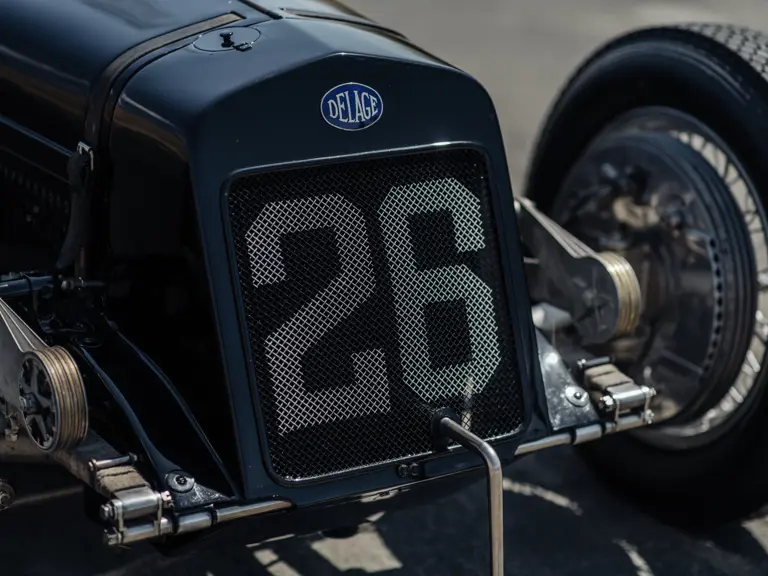



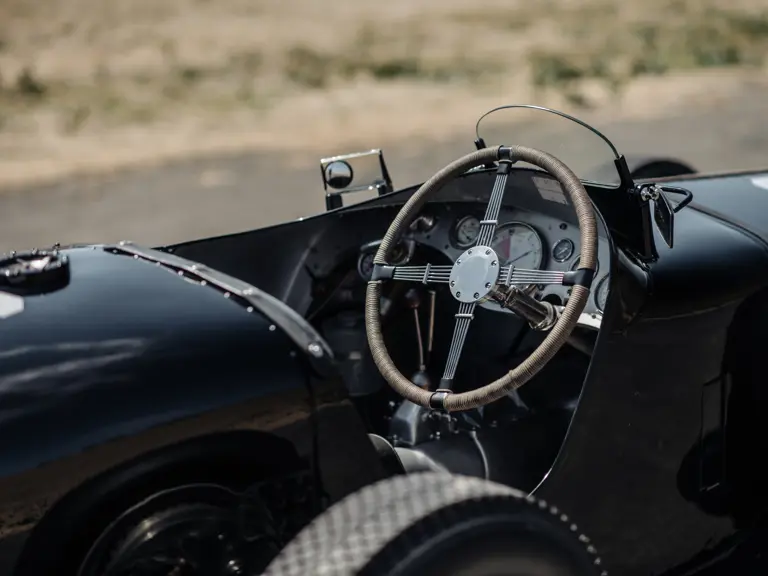

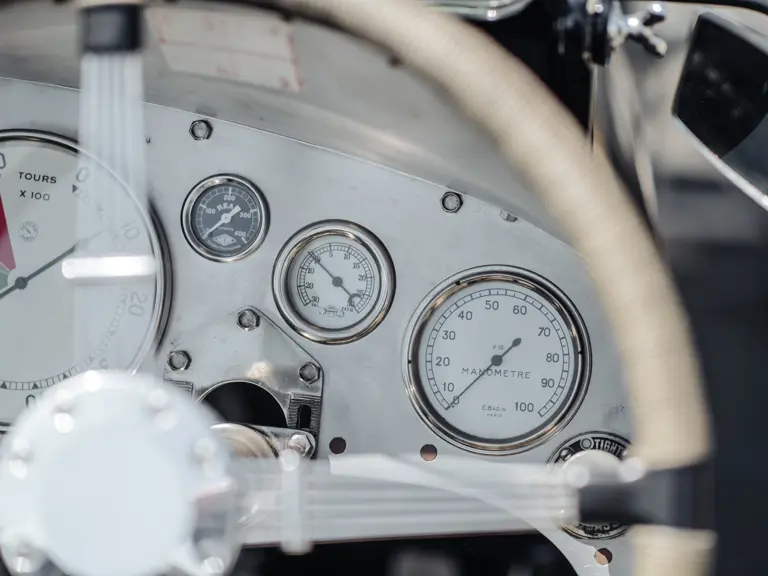




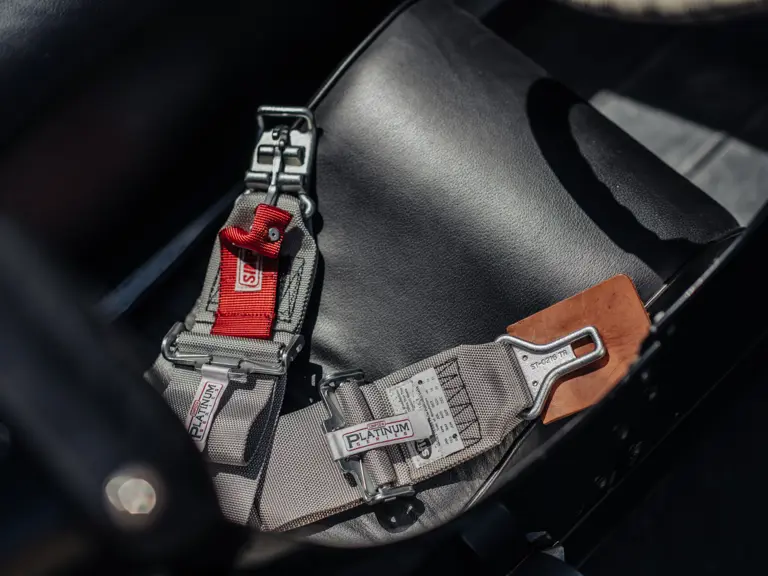







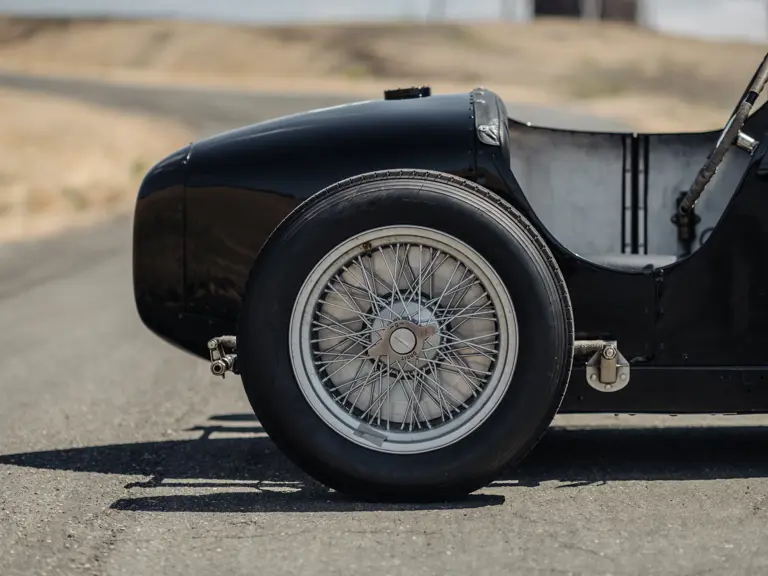





















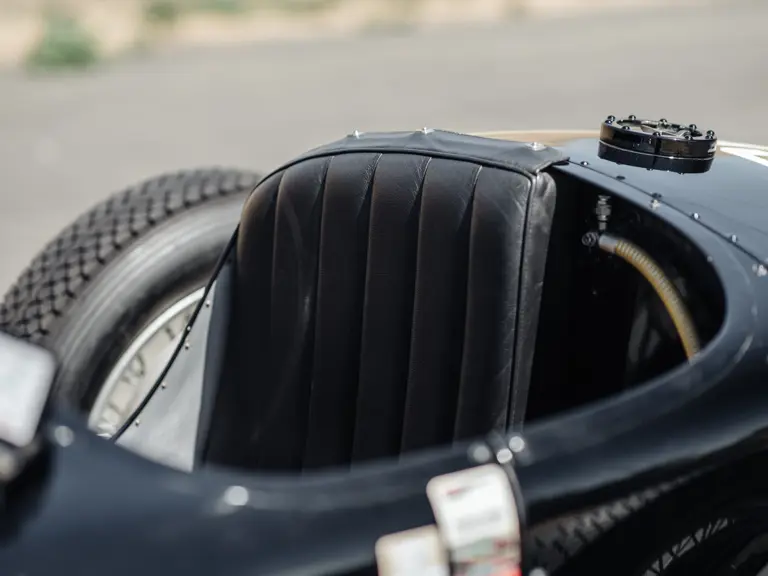



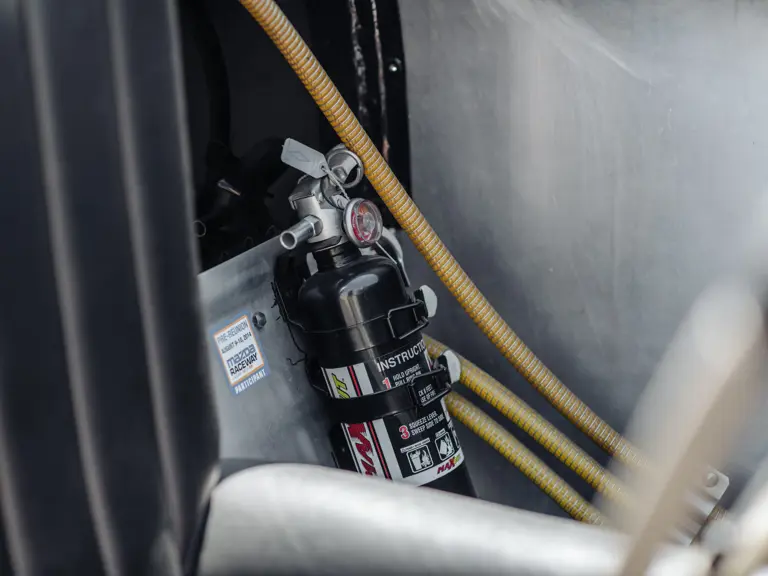


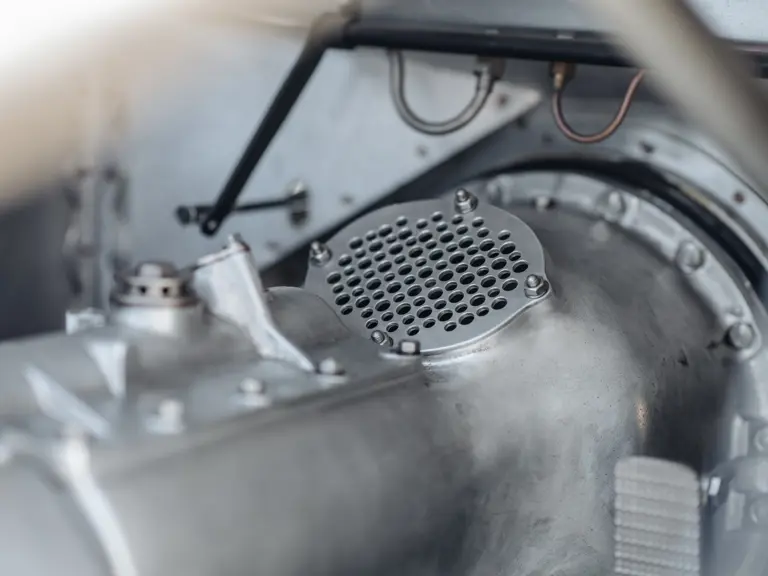





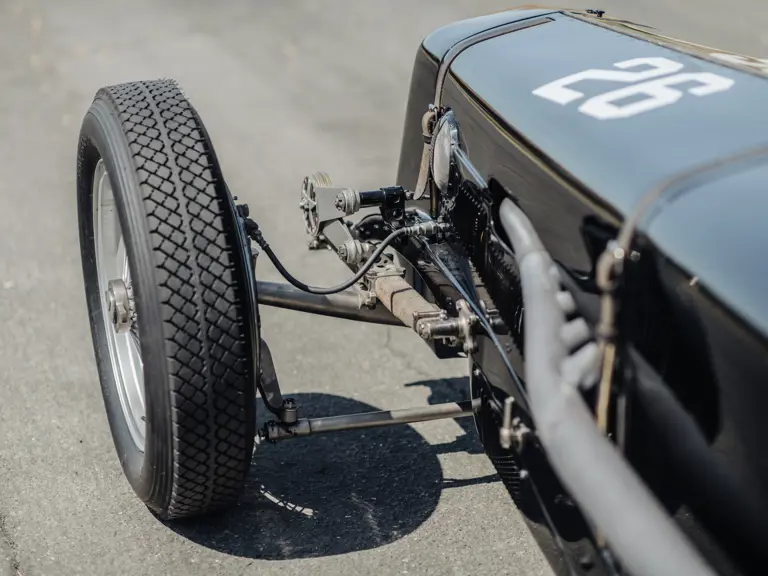
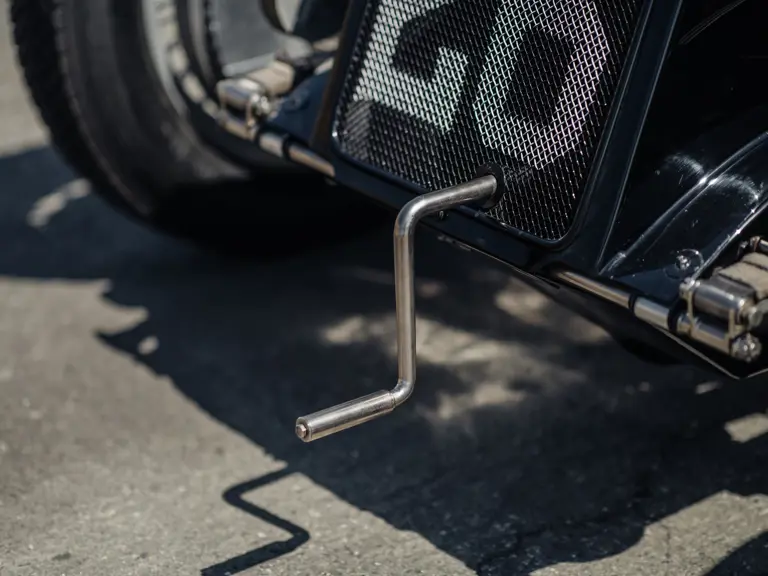






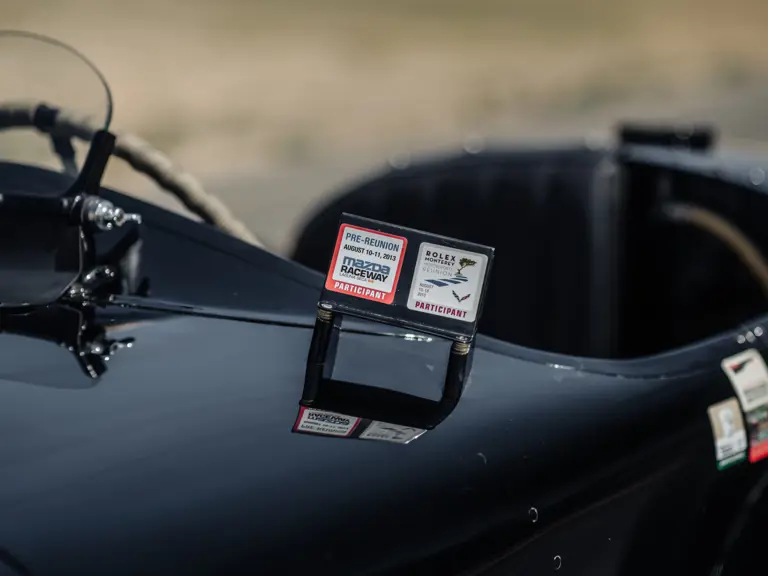






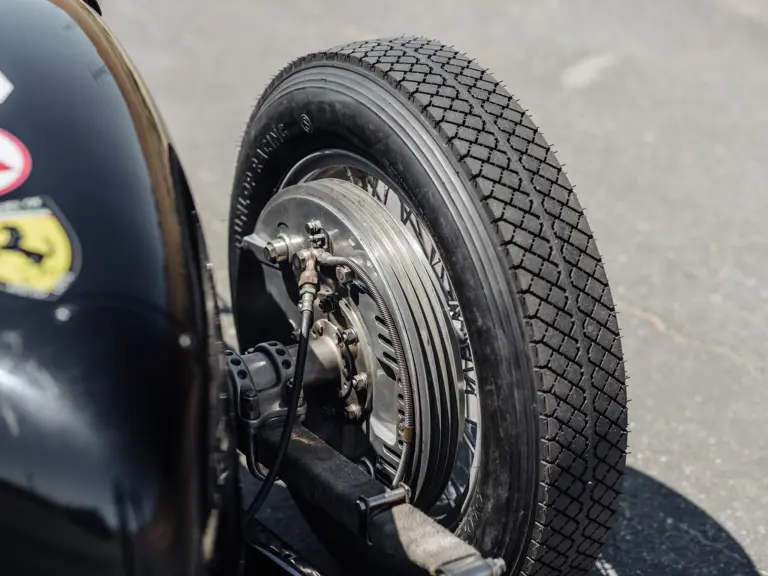



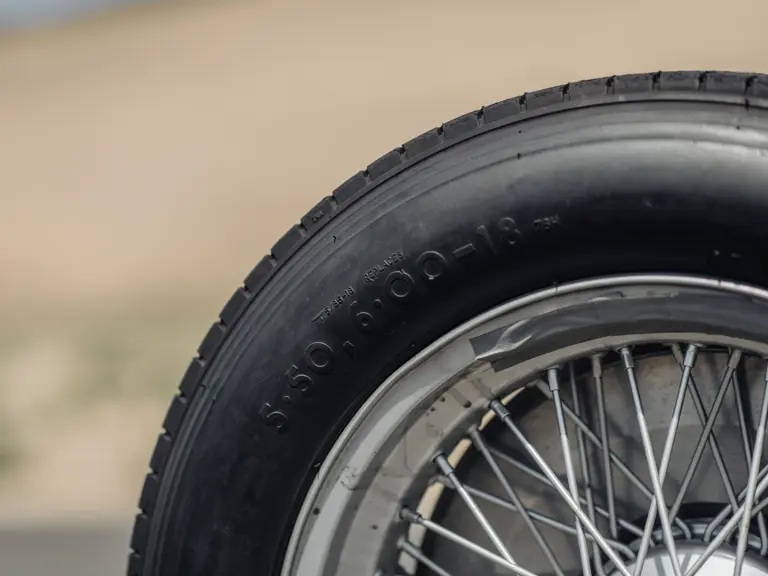










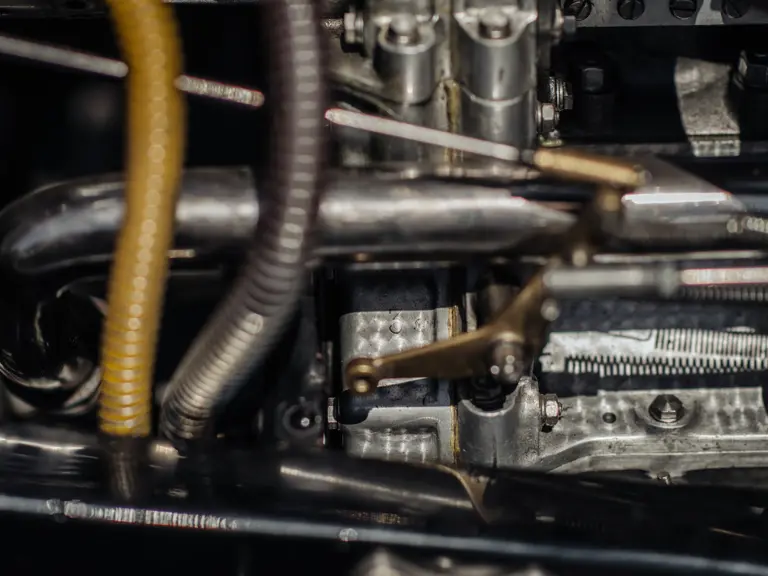
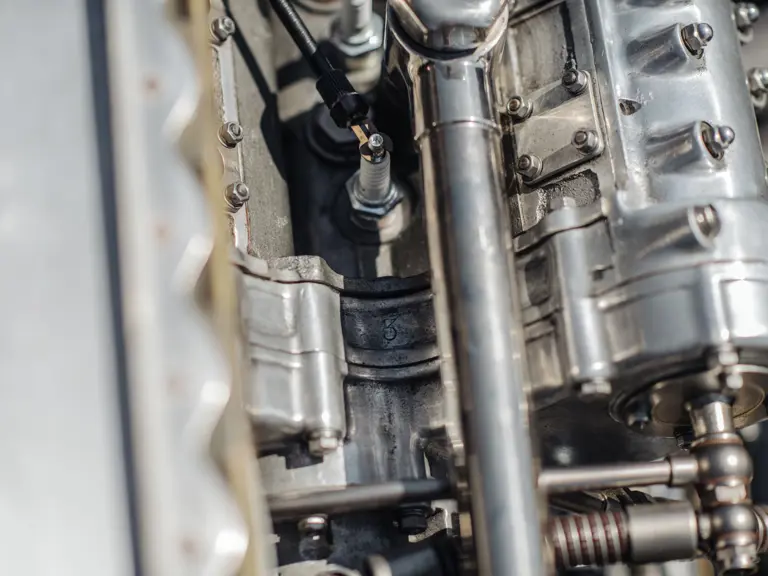
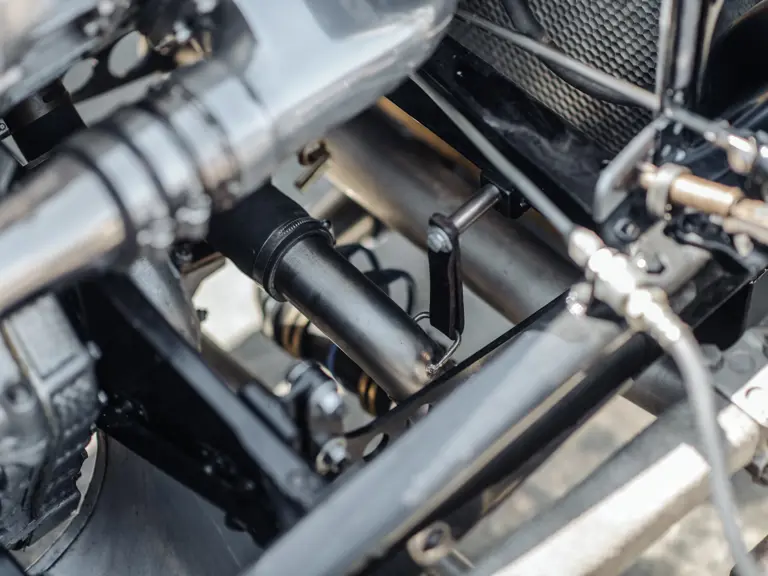
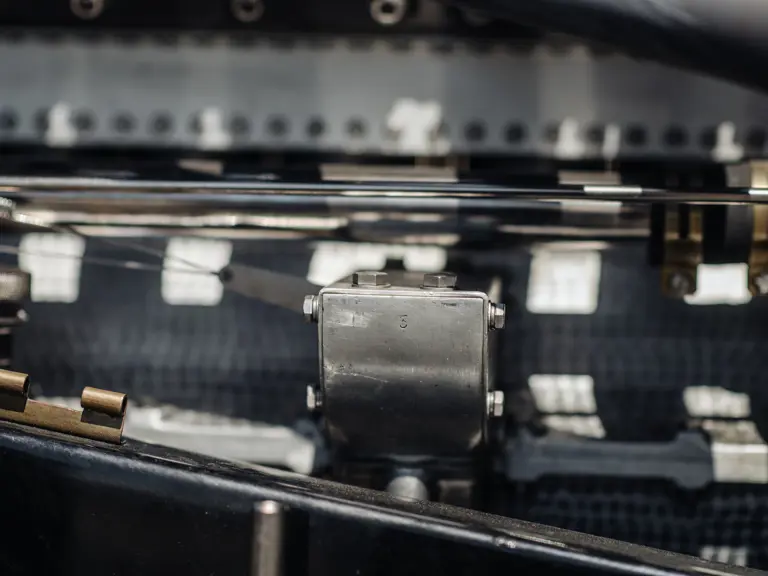

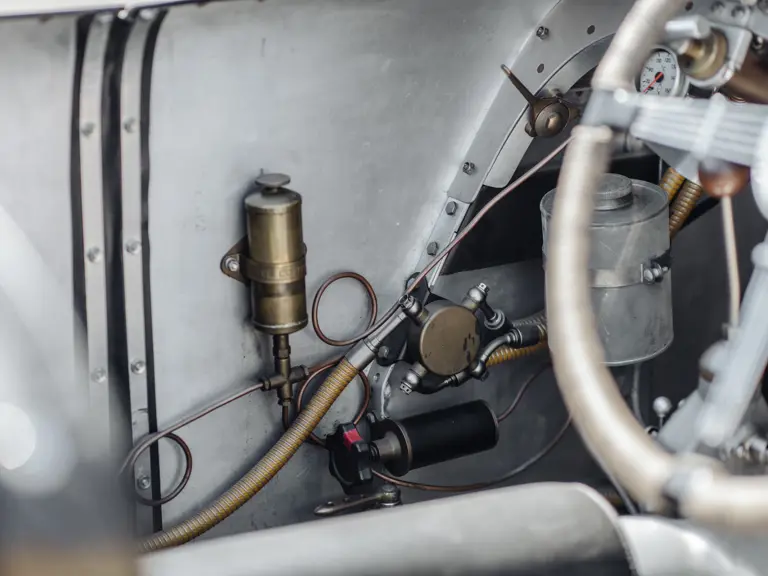







 | Monterey, California
| Monterey, California
















